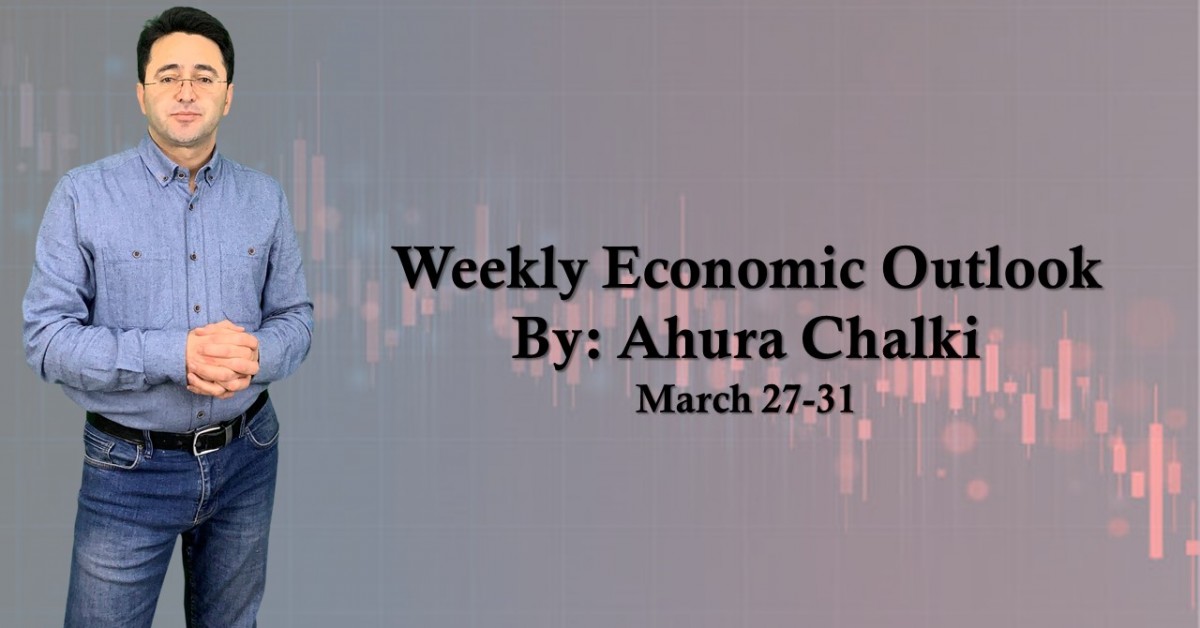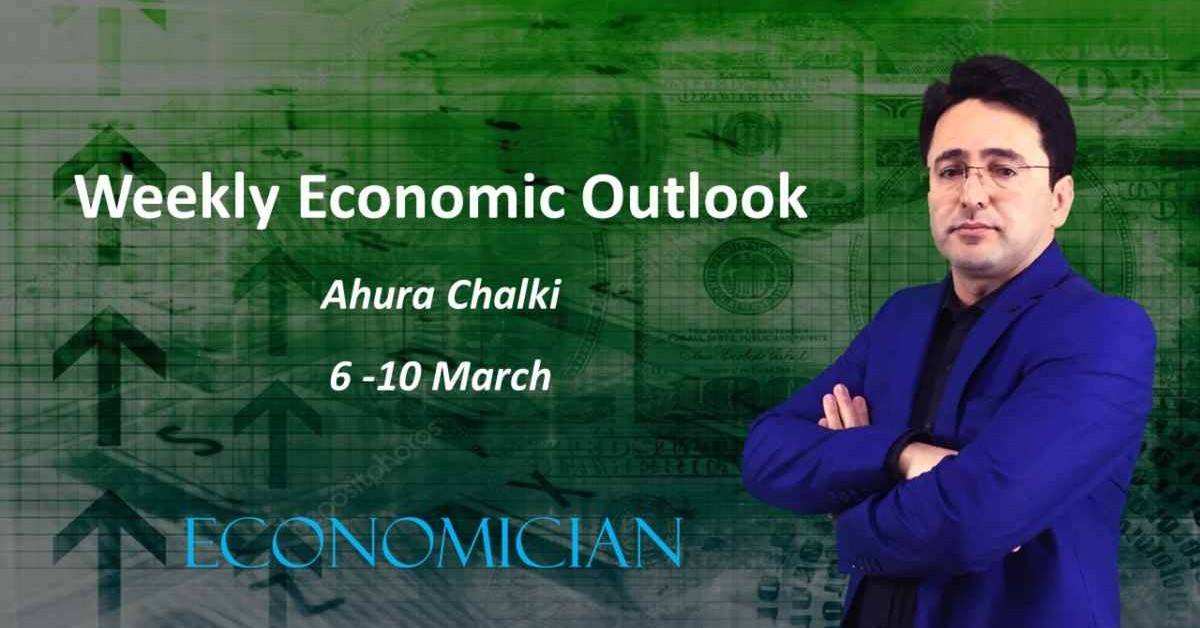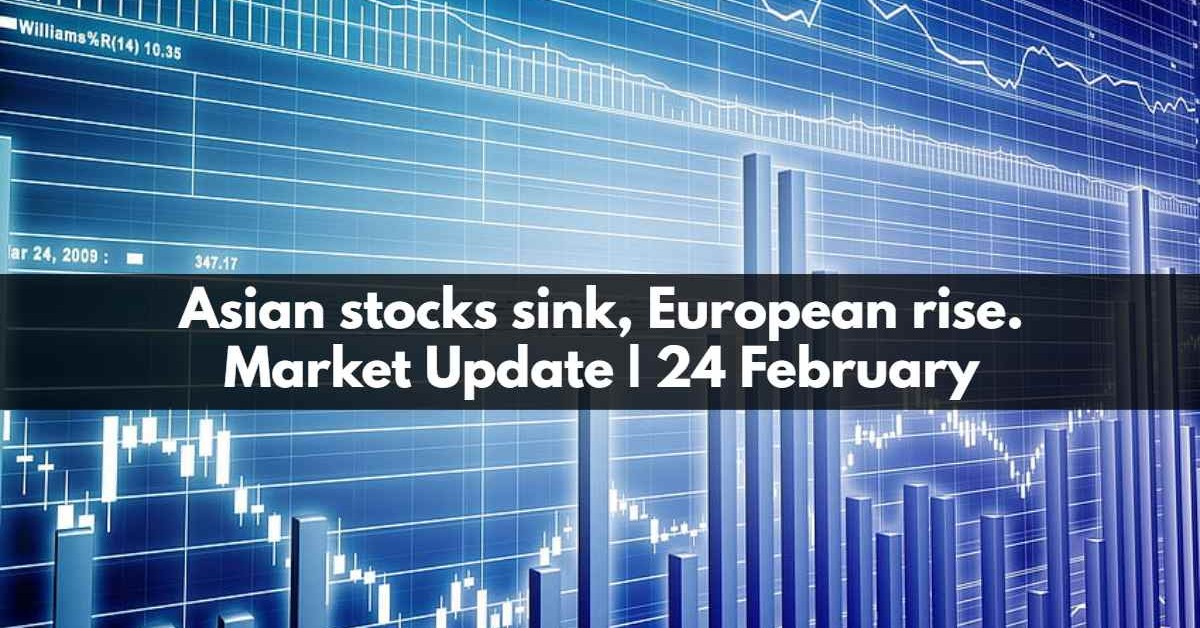With China reopening, lower energy prices, the strong job market in most developed economies, and the relative growth of retail sales, our global economic outlook changed. Now we are less worried about the severity of the upcoming economic recession. Gas prices helped the Europeans fulfill their storage and replenish the gas crisis. Also, lower energy prices helped the wholesale prices fall dramatically. This supports economic growth prospects and eases headline inflation pressures. Let us review the most used symbols and assets one by one separately.
USD
Retail sales were impressed by rising 3.0% in January when the market expected only 0.2%. The University of Michigan Consumer Sentiment registered its highest reading in a year. January Consumer Price Index data confirmed a half-percent surge, and Producer Price Index figures increased 5.4%. In addition, the Fed's preferred measure, Price Consumption Expenditures, the PCE Deflator, increased by 5.4% year-on-year and surpassed 5.0% of expectations. These data helped the US Dollar to re-increase above the 104 mark, as interest rate hikes expectations in the next three Fed meetings increase. The Fed's expected terminal rate is now up from 5.0% to above 5.25%, while some other analysts estimate it as high as 5.5%. Fed meeting on March 21-22 meeting will be in the center of stages. Since Fed had said that decisions would be data-based, before the meeting, NFP number and inflation updates will be essential to watch. So far, we had the NFP numbers, though numbers were mixed with an increasing unemployment rate to 3.6% from 3.4% in January and higher than expected created jobs, still report confirmed the strength of the labor market. While overall data support the hawkish Fed, which can lift the USD value and increase the pressures on Stock markets, we must watch the economic calendar more carefully. CPI (14th), PPI & Retail sales (15th), Housing data & Philadelphia Fed Manufacturing Index (16th), Existing Home Sales (21st), Fed meeting (22nd), Durable goods orders (24th), CBCB Consumer Confidence (28th), Pending Home Sales (29th), GDP (30th), and PCE price index on the last day of the month.
Euro
After an almost 2.25% loss against USD in February, the EURUSD chart in March is supposed to be so volatile, as both ECB and Fed will have meetings in the second and third week of the month. The unfavorable European statistics have become softer in recent months, and now we are not that pessimistic about the Euro's outlook. The ECB's expected 50 bps rate increases on March 16, and lower energy costs can boost consumer and corporate confidence and Euro value as a result. Also, the Euro could rise against risk-off currencies in the following months, especially in March. After a 50 bps estimated rate hike in March and May, it can be followed by a 25 bps hike in June, and if so, we can expect a much higher value for the common currency. On the flip side, economic data are still weak despite being less vulnerable, and we have concerns about them; therefore, expecting too much reinforcement also may be optimistic. On the data front, along with the ECB meeting on March 16, we have Eurozone Industrial Production (15th), Inflation data (17th), Service and Manufacturing PMIs (24th), and Employment data on March 31 to watch closely.
Sterling
January published positive data from the UK has boosted talk of further rate hikes by the Bank of England, which could be positive for the pound. However, data published later in February changed the overall sentiment. Now with slower economic growth and the data we have, a sharper reaction from BoE can increase the risk of a recession, which may convince the policymakers to slow down the rate hike pace. The likelihood of further slower rate hikes could increase the pressure on GBP after a sideways move against most other major currencies in recent weeks.
On the other hand, revamping the Northern Ireland trade agreement following fruitless talks between the UK and the EUEU can help both sides, especially the British, to soften the recession effects. The effects of this agreement will need a few months, so it cannot change our overall weak outlook for Sterling in March. That could spark a resurrection for the Sterling and Euro.
In March, we have so much data to watch, including Labor market data (14th), Spring Forecast Statement (15th), Inflation numbers (22nd), BoE monetary policy meeting and interest rate decision (23rd), Retail Sales (24th), and GDP on 25th.
Yen
In February, after the first comment of Mr. Ueda as the next BoJ governor, the Yen dropped by over 5%. The new BOJ central bank leadership will continue the ultra-easy monetary policy, which, as the main factor, will weaken the Yen. BoJ is expected to stay on hold, watch its previous decisions' results, and make a new plan in the year's second half. March could be more volatile for the Japanese currency as major central banks have monetary policy meetings and are expected to raise the rates, while the Bank of Japan did not change its policies on the first days of the month.
This volatile movement is expected to be between 132-138 against the US Dollar. However, the Yen will gain strength if the rate hike pace in other economies slows down and global economic conditions face more recession and weakness signs.
Gold
Strong US economic data lifted yields and the US dollar higher to send the gold price 5.2% lower in February. Downtrend also continued in the first days of March, as the market used the price in a 50 bps rate hike in the Fed March meeting. Since February, labor market data was also strong enough; with more than 300K newly created jobs, according to the NFP report, and market participants pricing on a 50 bps rate hike in FOMC Meeting, the US dollar strengthened. It increased the pressure on the Gold as well. However, after the sudden collapse and regulatory seizure of SVB last week, market participants are now questioning the scope for further tightening policies. Since more rate hikes can cause economic damage, a 25 bps rate hike is getting more likely compared with 50 bps expectations after robust NFP data. Altogether, these data mean that if inflation numbers are not that worrying, with recession concerns, we can expect less hawkish policies, which will help the USD and bond Yield bears and Gold bulls as the final result. Since the main market driver for Gold is US dollar value and Bond Yields, now, eyes will be on US inflation numbers, the Fed March meeting, and its policymakers' decisions. In summary, it can be said that Gold will have more tendency to grow rather than fall.
WTI
A mixed outlook and volatile month waıtıng for WTI price in March. On the one hand, it is the third month of reopening in China, and we are waiting to see the actual effect of openings after the first emotional reactions. On the other hand, ECB, BoE, and Fed meetings later this month and after BoJ and RBA meetings will make the global economic outlook brighter. In addition, geopolitical tensions in the Middle East and Ukraine, with the beginning of a new round of Sino-US trade war, create a diverse perspective. The US Energy Information Administration (EIA) lowered its Brent and West Texas Intermediate (WTI) oil price forecasts for 2023 in its latest short-term energy outlook (STEO), which was released this week.
Based on other markets and our outlook for Fed decisions, the overall outlook could not be so bright since we are still expecting a recession. On the other hand, the predicted recession will be mostly like a soft landing, so a price decrease would not be sharp. March volatility can be in the 70-80 US dollar range.
Wall Street
After January's rally, inflation numbers made investors hit the brakes, so February was the time to give back the gains. The S&P 500 lost more than 2% this month. Later in March, the downward trend was reinforced by optimistic NFP numbers. On top of that, the SVB group's collapse has caused panic among many investors. Remember that during the Great Recession, inflation was much low! Since we face high inflation, if this falls contagion to other banks and sectors, this recession could be much more significant, even bigger than the Great recession.
According to the latest labor market data, the unemployment rate increased to 3.6% from a 53-year low of 3.4%. Also, February Hourly Average Income raised less than 0.4% of January by only 0.2%. These data align with retail sales, factory orders, and production numbers, allaying fears that the US economy is on the verge of recession right now, as Bill Adams, chief economist for Comerica Bank, says.
Suppose we put the economic analysis aside, looking as an investor. In that case, we can also find too many buy opportunities in the Stock market, and it seems that markets are feeling stuck between fear and greed.
The Fed meeting on March 21-22 will undoubtedly be this month's market driver. The last meeting minutes show that FOMC members still believe in the need f tightening policies to bring inflation under control. Therefore, the gradually reduced size of the rate hike can decrease to 25 bps but cannot be ignored.
After re-increasing in January, concerns over short-term inflation behavior increased with uncertainty over the market's reaction. The higher rates mean a higher risk of recession and a more profound fall, while the "recession probability" index, compiled by New York Fed, reached its highest level in 40 years in February.
March 14 inflation numbers will be significant, while we know the labor market is so strong yet, with 1.9 ratios of US job openings per unemployed person.
In short, the overall economic condition needs to improve, and we have many uncertainties and concerns. Therefore, bears have more power than bulls across the markets.


















